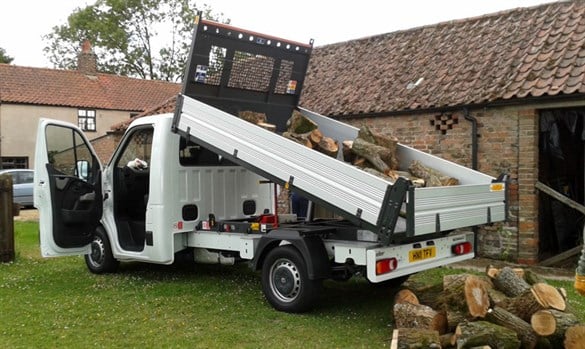When investing in a wooden table, discerning its quality becomes crucial to ensuring long-term durability. With various styles available, identifying potential red flags can prevent a poor purchase and save you from the frustration of dealing with a substandard wood table. In this guide, we explore the key indicators of low-quality craftsmanship and materials, helping you make an informed decision, particularly when seeking a wooden table in Singapore.
1. Inconsistent or Uneven Finish
One of the immediate signs of a poor-quality wooden table lies in the finishing. A high-quality piece typically showcases a smooth, even surface that enhances the natural wood grain. When inspecting a wood table, examine whether the finish appears patchy, rough, or uneven. Surfaces that feel too slick or plastic-like might have been subjected to low-grade varnish or excessive sealants, both of which detract from the natural aesthetic of the wood.
Additionally, improper sanding can leave marks that compromise the smoothness of the table’s surface. This inconsistency can result in areas that feel coarser than others. Over time, such a finish may wear unevenly, leading to unsightly patches or a premature need for refinishing.
2. Weak Joints and Poorly Executed Joinery
Another tell-tale red flag of a poor-quality wooden table involves weak joints and substandard joinery. Tables made from quality wood rely on well-constructed joints, often using dovetail or mortise-and-tenon techniques. These methods ensure longevity and structural integrity, allowing the table to withstand weight and daily use.
However, a table featuring screws, nails, or glue in visible areas may suggest poor craftsmanship. While some adhesive might be necessary in select cases, heavy reliance on it indicates weak connections that may loosen over time. A proper wood table should have hidden reinforcements, ensuring its stability without compromising aesthetics. If you notice wobbling or excessive creaking when applying pressure to the table, it may be a sign that the joints lack strength.
3. Substandard Materials
The type of wood used in a table is one of the most defining aspects of its quality. High-end tables are typically crafted from solid hardwoods such as oak, teak, or walnut, known for their durability and aesthetic appeal. On the other hand, poor-quality wooden tables often incorporate softwoods or plywood, which are prone to warping, denting, and cracking over time.
When evaluating materials, avoid tables that feel too lightweight for their size, as this often points to low-density wood or composite materials. Solid hardwood tables tend to have a reassuring weight, reflecting their robustness. Inspect the table’s edges and corners as well—delaminating surfaces or visible particle board are signs of an inferior wood table.
4. Lack of Proper Support and Balance
A common issue with lower-grade tables is the absence of proper support, particularly in the legs and frame. A well-constructed wooden table should maintain balance, with legs positioned to provide stability. Legs attached only by thin screws or lacking corner reinforcements may weaken over time, especially if subjected to heavy loads.
Pay close attention to how the table sits on the floor. Does it wobble or shift when nudged? If so, the table might have been poorly assembled or designed with substandard materials. Tables with misaligned legs or uneven bases can cause discomfort during use and wear down prematurely.
5. Poor Surface Durability
A good wood table should be able to resist common wear and tear. However, tables constructed with low-quality materials or insufficient finishing tend to develop scratches, dents, and stains more easily. Surface durability is key, especially in a dining or work table that experiences regular use.
A table that scratches easily or shows water rings from condensation lacks a proper protective layer. In contrast, high-quality tables are treated with durable finishes that guard against these issues, making the surface attractive and functional. When choosing a wooden table in Singapore, ensure that the table can handle daily use without requiring frequent maintenance or refinishing.
6. Poor Alignment and Visible Defects
Examining the overall symmetry of the wood table can reveal flaws in its construction. Poor-quality tables often display misaligned parts, such as legs not being evenly spaced, or the top of the table not sitting flush with its base. These misalignments suggest sloppy craftsmanship, which could lead to functional issues or uneven weight distribution.
Additionally, visible defects such as splinters, cracks, or poorly finished edges are immediate signs of inferior craftsmanship. A wooden table should feel smooth to the touch and look seamless, without visible gaps between its components. Even minute defects can worsen over time, affecting the stability and aesthetic appeal of the table.
Conclusion
Selecting a high-quality wooden table requires careful attention to the craftsmanship and materials used. Avoid tables with uneven finishes, weak joints, and substandard wood, all of which signal poor construction. Ensuring that the table is sturdy, balanced, and made from durable materials will provide long-lasting value and functionality.
For those seeking a reliable wood table, visit Wood Capitol for a selection of carefully crafted wooden tables that meet the highest standards of quality and design.



